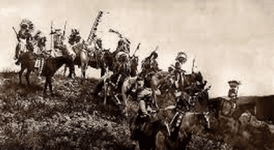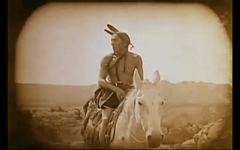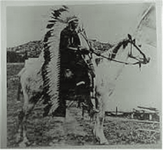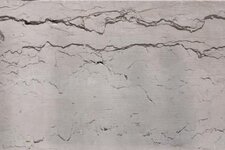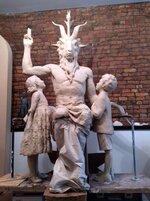deducer
Bronze Member
- Jan 7, 2014
- 2,280
- 4,352
- Primary Interest:
- Other
sailaway,
I believe all of the missions were built near plentiful water, a native population and an environment that fostered self sufficiency of the mission.
Good luck,
Joe
They were also well within reach of hostile native elements, and far away from the support structure that civilization offers (hospitals, supplies, et al.).


